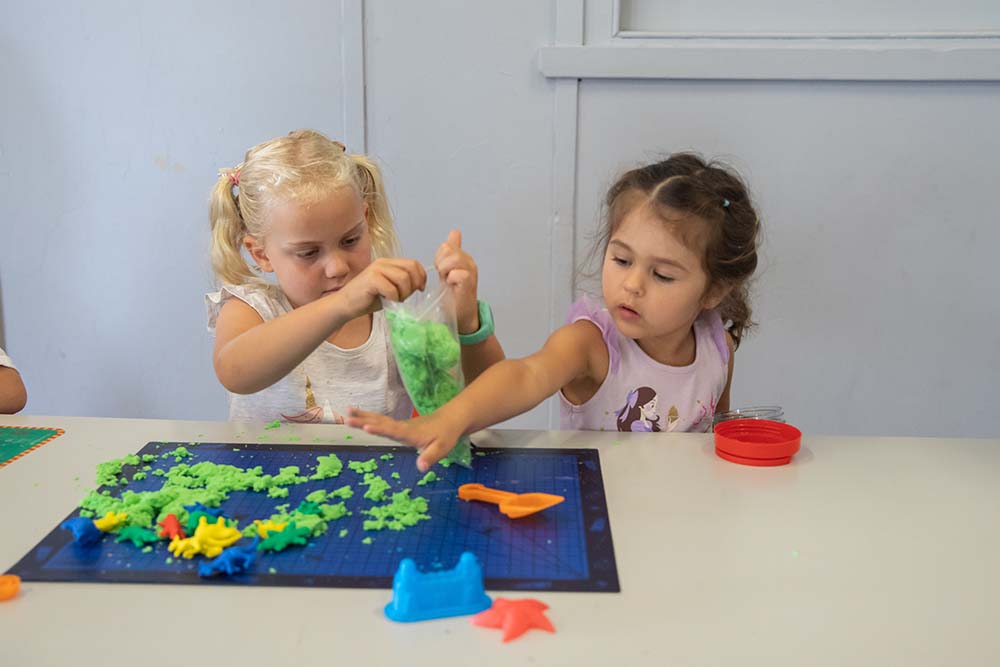Sleep is crucial for everyone, but for individuals on the autism spectrum, it can be particularly challenging. Many children with Autism Spectrum Disorder (ASD) struggle with falling asleep, staying asleep, and waking up feeling refreshed. These difficulties can affect behaviour, emotions, and learning—making it essential for families to explore ways to improve sleep routines.
Why Do Children with ASD Struggle with Sleep?
Children with ASD often experience differences in sensory processing, anxiety levels, and melatonin regulation—all of which can impact sleep. Some common sleep challenges include:
⏳ Difficulty Falling Asleep – Sensory sensitivities, racing thoughts, or difficulty winding down.
🌙 Frequent Night Awakenings – Light sleepers who wake up multiple times a night.
💡 Irregular Sleep Patterns – Struggles with maintaining consistent bedtime routines.
😴 Daytime Fatigue & Behavioural Changes – Poor sleep can lead to increased irritability, difficulty concentrating, and heightened emotions.
Understanding these challenges is the first step to improving sleep quality.
How Families Can Support Better Sleep
💤 1. Create a Predictable Sleep Routine
- Stick to consistent sleep and wake times, even on weekends.
- Develop a calming bedtime routine (e.g., bath, reading, dim lighting).
- Use visual schedules to help children understand what happens before bedtime.
🎧 2. Reduce Sensory Disruptions
- Offer weighted blankets or soft pyjamas for comfort.
- Reduce noise with white noise machines or calming music.
- Adjust lighting—red or amber night lights can be soothing.
🍽️ 3. Monitor Diet & Activity Before Bed
- Limit sugar and caffeine intake in the evening.
- Encourage physical activity earlier in the day, but avoid overstimulation before bed.
- Consider talking to a doctor about melatonin supplements, if needed.
🛏️ 4. Make the Bedroom a Sleep-Friendly Space
- Keep the room cool, dark, and quiet.
- Remove distractions—no screens before bed, as blue light disrupts melatonin production.
- Let your child choose comfort items, like a stuffed animal or special pillow.
💡 5. Teach Self-Soothing Strategies
- Practice deep breathing or mindfulness exercises before bedtime.
- Create a “relaxation toolkit” with sensory-friendly activities.
- If they wake up at night, encourage gentle self-soothing techniques rather than excessive stimulation.
Final Thoughts: Every Child’s Sleep Needs Are Unique
Improving sleep for children with ASD requires patience, consistency, and trial-and-error. Some strategies may work right away, while others need adjustments over time. If sleep challenges persist, consulting a developmental paediatrician or sleep specialist can provide additional insight.
By focusing on predictability, sensory comfort, and healthy habits, families can help their children get the rest they need—leading to better mood, improved focus, and more successful days ahead!









